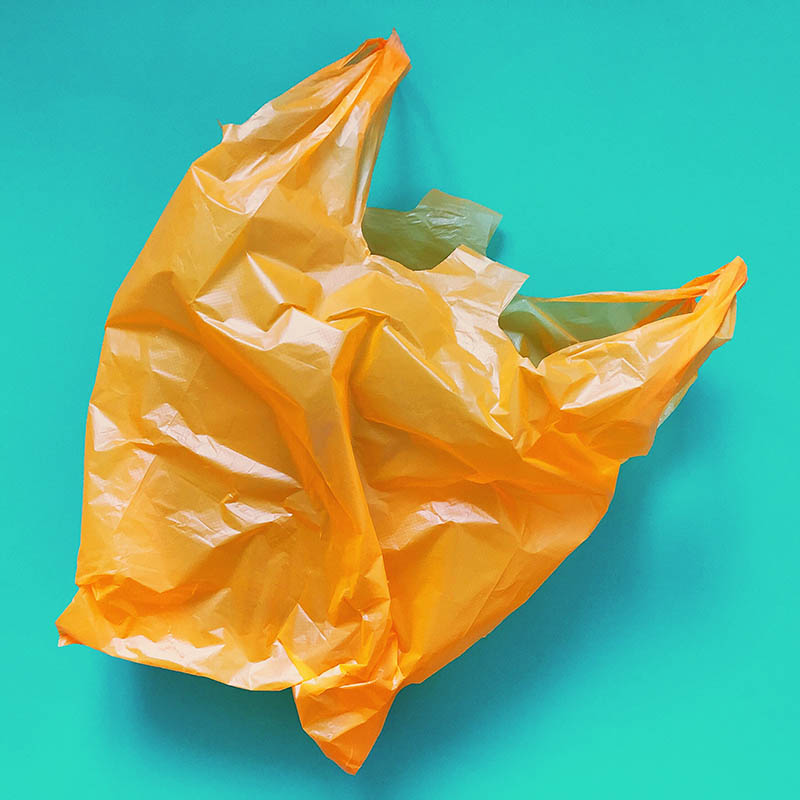
By: Tony N.
Year: 2022
School: Westminster High
Grade: 11
Science Teacher: Huy Pham
Plastic usage has become prevalent in today’s society, especially with the packaging of goods, from perishable items such as food and nonperishable items such as toys. However, despite their affordability, plastics have served as pollutants that harm the environment. Tony intended to utilize plant biomass as an alternative to plastics in packaging as we test their ability to retain the temperature of perishable items.
For the experimental group, Tony constructed a box out of plant biomass, such as banana leaves, coconut husks, etc. For the control group, the student used a styrofoam box and compare it to the experimental group or the plant biomass box. To compare the experimental design and control, the student placed a perishable item, such as ice, for a certain period, in intervals up to 1 hour. After the amount of time has passed, Tony used a thermometer to test the temperature of the items in the boxes and compare the results. The box that retains a higher temperature can be deemed as a better form of insulation.
“We determined in our hypothesis that the leaves with the rougher texture of coconut husks will provide better insulation than lighter/smoother textures like grass and banana leaves. When comparing the results, we will find the mean and standard deviation of the trials consisting of plant biomass trials to conduct T-tests.”
Looking at the data, the grass has the lowest p values for the 5-minute trials with a value of 0.6321 and 1-hour trials with a P-value of 0.155. Coconut husks, on the other hand, had the lowest P-values for the 15-minute trials with a P-value of 0.473 and 0.312 for 5 minutes combined. Although banana leaves do not show any significance to our experiments compared to coconut husks and grass, the grass does show a lower P-value. Ideally, a P value of 0.05 would make our data more applicable to our experiment. To further our research, we might conduct more trials and possibly include a form of plastic insulation as another input to further solidify our hypothesis. We believe that environmental engineers could be interested in our findings as they can utilize the idea of plant biomass as not only an alternative to plastic insulation but other hazardous materials. By doing so, environmental engineers can play a role in developing more sustainable products that everyday people take for granted and educate others on their ecological and carbon footprint.
